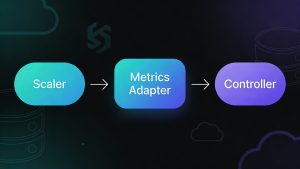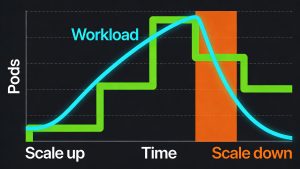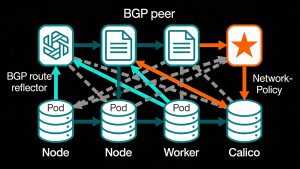Finding a new job can be tricky when you are still employed due to restrictions at your current organization. You have to be wise as one false move can get you fired, that being said, you are more attractive to potential employers if you already have a job.
Let us help you with your job search with these tips.
1. Explore options where you are
A job change to progress in your career is an obvious move, but if you are thinking of leaving due to some issues at work, you can explore options to improve your situation.
Depending on the level of trust between you and your manager, you can explore lateral or upward moves at your current job. Many times, employees feel an improved outlook after a few days of telecommuting or doing remote work. Also, following up with your manager to explore what can be done to make your current work situation more enjoyable can fix the problems.
If a change in position is not an option or there is no way to improve your work condition, then swiftly read the rest of the article.
2. Strategically time your job search
It helps to find a new job while you are still employed if you can minimize the competition.
How would you do that?
Simply by getting the timing of your job search exactly right such that there are minimum applications for the role you are vying for.
April, May, and June are the best months to apply for jobs in Indian organizations. For India-based companies, the financial year ends in March, and most companies award their employees with annual benefits and bonuses at this time. The employees who are planning to leave, quit after getting their dues. If you are looking for opportunities in MNCs, the months of January, February, and March are best to explore any opportunities.
The mid-year, i.e., July, August, and September are not favorable to look for a new job. When companies announce the annual benefits at the start of the year, employees who choose to remain are less likely to resign.
3. Leverage social media
Social media can be an excellent tool for job seekers, provided they know how to leverage it correctly. Without a doubt, LinkedIn is where you should be if you are looking for a new job.
However, do not update your professional profile when you are looking for a new role unless you have been updating your LinkedIn profile constantly.
Why?
Because that’s a dead giveaway to your current employer.
If you are going to jump the ship, you want it to be quietly, swiftly, and gracefully. If you are updating your LinkedIn profile to land a new job, start by turning off public notifications. This will not notify your current employer when you change the status to ‘open to new job possibilities.’
As a rule of thumb avoid making public comments about your job search on Twitter, Facebook, or Instagram. Keep any job-hunt-related posts or messages private and use direct messaging to reach out to people.
4. Reach out to your network
According to Talent500’s recent survey of over 10,000 tech professionals, 89% of active job seekers found it tough to receive a referral in their dream company. According to studies, most employers give preference to referrals from their current employees as they feel such candidates make the best hires. Therefore, when you are looking for a new role reach out to your friends, family, and most importantly former colleagues to find out about roles available at their companies.
When you are working full-time, networking informally can be tough. Try scheduling morning coffee or dinner to talk about possible opportunities. Currently, when everyone is trying to minimize physical contact due to the pandemic, you can also set updates via Skype or FaceTime.
5. Being a boomerang employee is an option
This will work for you if you left your previous job on good terms. If you did, it is advisable to get in touch with your former colleagues to know if there are any matching opportunities available. You have better chances of getting hired by your ex-employer as you are already familiar with the company’s technology and culture. It will save onboarding time.
Companies have intel on former employees so there is no need for comprehensive due diligence. Also, if you added new skills that can benefit or contribute to the company, it will work in your favor. You can be a boomerang employee with companies that you choose to decline previously. If you interviewed with a company in the past but turned down their offer, you can revisit the connection. Just make a quick check, something like, “I was impressed by your organization, unfortunately, I was not able to accept the position at that time.” Follow up by informing them that you are exploring other options now.
Talent500 has already helped hundreds of candidates to land dream jobs with Forbes500 companies. Join our elite global network of talent and find new opportunities faster. Sign up today.



